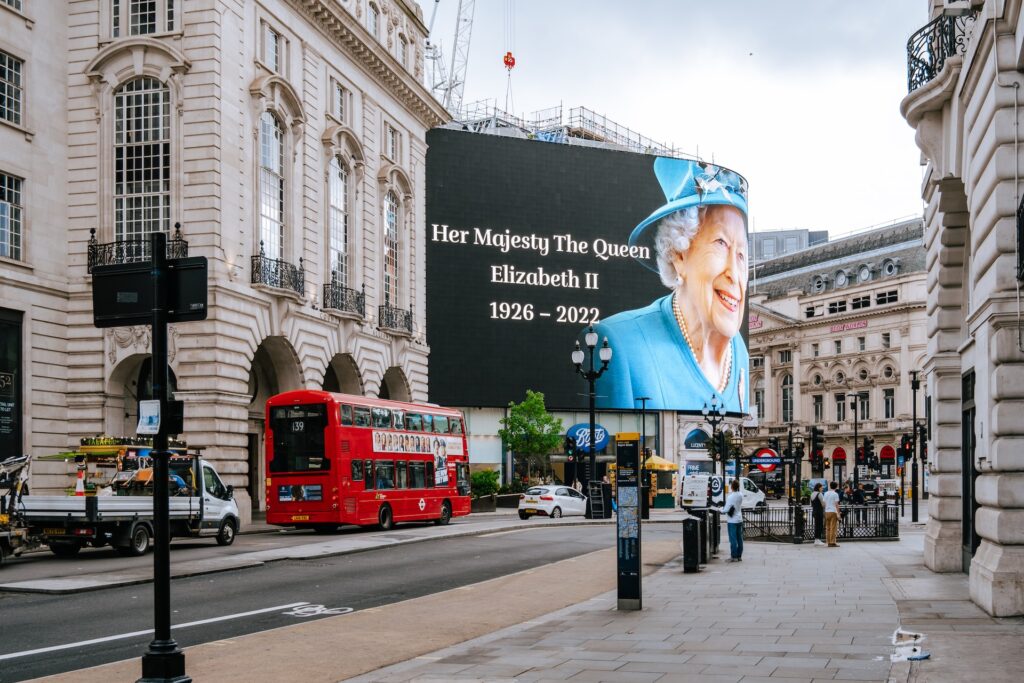If you’re a fan of the British Royal Family, you may already know that Queen Elizabeth II doesn’t have a surname. But where did her family name come from before she became queen? It’s time to take a trip back in time and explore the history of the royal family’s surname.
The Roots of The Royal Family Name
The royal family’s last name was originally Saxe-Coburg-Gotha. This German house was founded in 1826 by Prince Albert of Saxe-Coburg and Gotha, who married Queen Victoria in 1840. At the time, it was not uncommon for members of European royalty to have multiple surnames. The original name was derived from two separate families: Saxe-Coburg and Gotha.
When World War I broke out in 1914, Britain was at odds with Germany, the country which held its royal family’s surname.
To avoid any potential embarrassment or confusion amongst the British public, King George V officially changed his family’s last name to Windsor in 1917. The name was chosen in honor of Windsor Castle, one of the oldest and most famous residences of the British monarchy.
However, this change did not apply to all members of the royal family; only those with direct ties to King George V were required to adopt this new surname.
This meant that Queen Elizabeth II (and her father before her) were still able to keep their original surname: Saxe-Coburg-Gotha.
In 1960, eight years after she ascended to the throne as queen, she made a formal declaration that her descendants and herself would use the surname Mountbatten-Windsor when legally required.
Final Thoughts
By now you should have an answer for what Queen Elizabeth II’s surname is, or rather what it once was! All members of British royalty are familiar with the House of Windsor but few people know about the original house from which it came from: Saxe-Coburg and Gotha.
As we’ve seen today, this is an important piece of knowledge for anyone looking to learn more about Britain’s rich history and culture!

